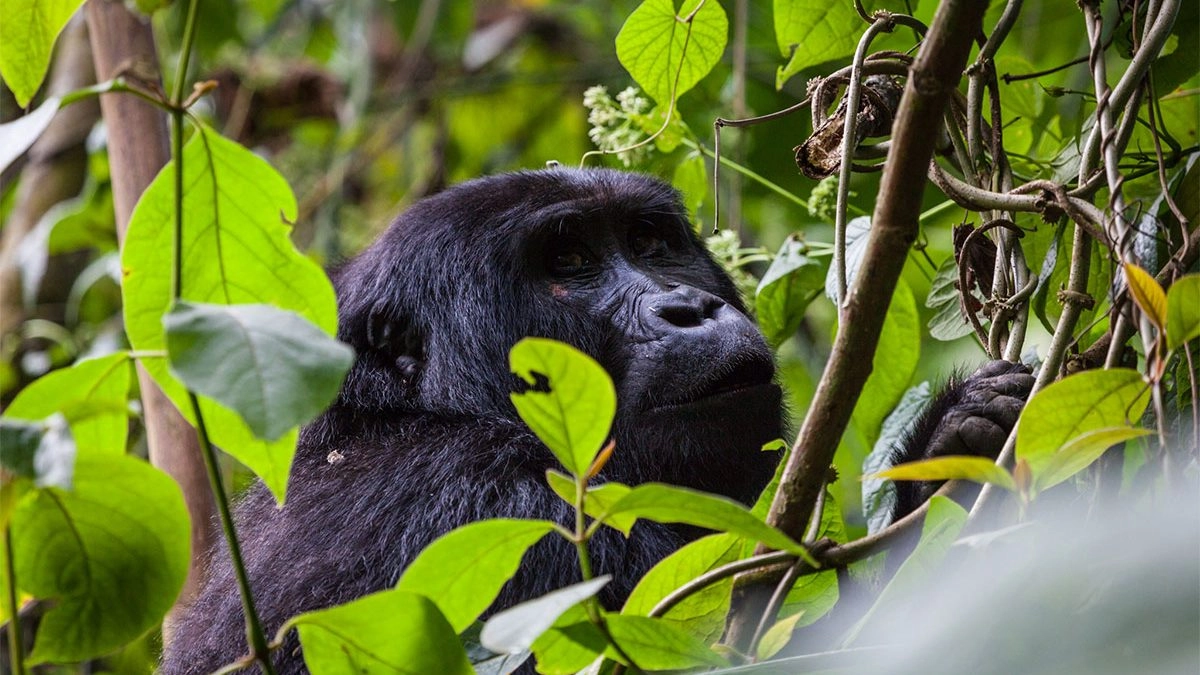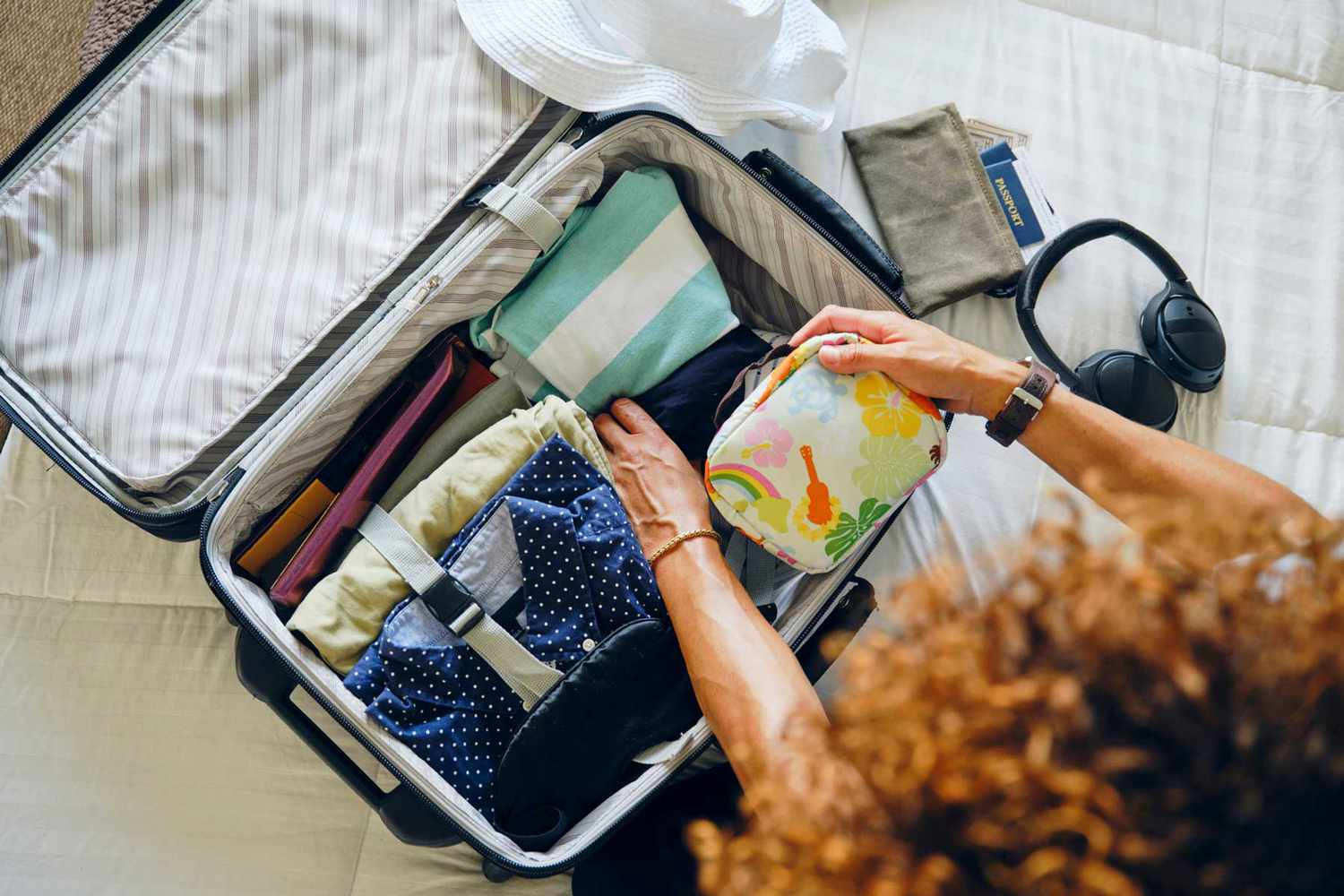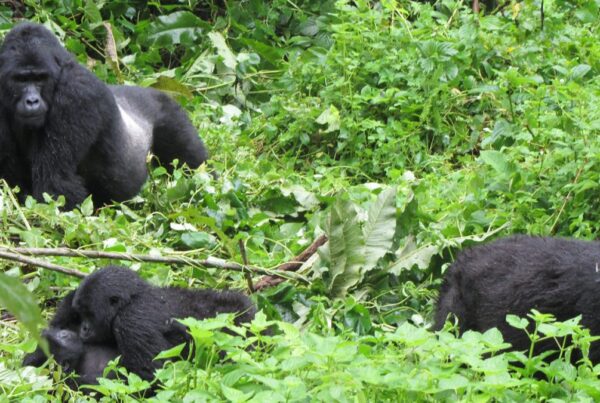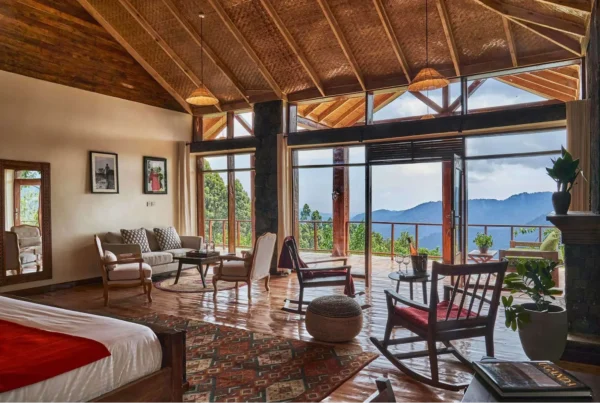Packing List for Gorilla Trekking in Bwindi Impenetrable Forest
Preparing for the Journey of a Lifetime
Hidden within the misty ridges of southwestern Uganda lies Bwindi Impenetrable National Park, a UNESCO World Heritage Site and one of the last strongholds of the endangered mountain gorilla. For many travelers, the decision to trek into this ancient forest to witness a gorilla family in its natural habitat is nothing short of life-changing. The anticipation of moving through thick vegetation, climbing steep ridges, and hearing the distant rustle of gorillas in the undergrowth fills the imagination with awe and excitement. Yet such an extraordinary journey is not one that can be embarked upon without careful preparation.
The experience of gorilla trekking is unique, intense, and physically demanding. The terrain of Bwindi is rugged, the climate unpredictable, and the forest dense beyond imagination. Those who arrive well-prepared are not only more comfortable but also more likely to fully immerse themselves in the encounter without distraction. The importance of a carefully considered packing list for gorilla trekking in Bwindi Impenetrable Forest therefore cannot be overstated.
Every item packed, from the clothing worn to the gear carried, plays a role in ensuring safety, comfort, and readiness for the challenges of the trek. Beyond convenience, the right preparation demonstrates respect for the fragile ecosystem and the critically endangered gorillas themselves, as visitors are required to adhere to strict guidelines designed to safeguard the well-being of the animals.
In this article, the essentials of packing will be explored in depth, weaving practical considerations with the cultural and ecological significance of gorilla trekking. The aim is to create not only a guide to what should be carried but also a broader understanding of why each item matters within the context of one of Africa’s most profound wilderness experiences.
Understanding the Trekking Environment
Before examining what should be packed, it is vital to understand the conditions that await trekkers in Bwindi. Known as the “impenetrable forest,” Bwindi is an ecosystem characterized by steep gradients, thick vegetation, tangled vines, and uneven terrain. Rain is common throughout the year, even during the so-called dry seasons, and the forest floor can quickly turn slippery and muddy.
Treks often last several hours, ranging from short hikes of two to three hours to more demanding expeditions that can extend to eight hours depending on the location of the gorilla family being tracked. The altitude ranges from 1,160 meters to 2,600 meters above sea level, and the combination of elevation, humidity, and physical exertion requires both stamina and preparation.
This environment is not hostile but challenging, designed to remind trekkers that they are stepping into a primeval world where nature dictates the pace. The unpredictability of the trek means that clothing, gear, and supplies must be chosen not only for comfort but for resilience against mud, rain, and thick undergrowth.
Clothing for Comfort and Protection
The choice of clothing plays a decisive role in shaping the gorilla trekking experience. The forest is home to thorny plants, stinging nettles, and biting insects, which make proper coverage essential. Long-sleeved shirts and trousers, preferably in muted or earthy tones, are strongly recommended for both protection and blending into the environment. Such clothing not only shields against vegetation but also reduces the chances of insect bites, which can otherwise make the trek uncomfortable.
The climate of Bwindi demands layers that can be easily adjusted. The mornings are often cool, with mist lingering across the ridges, but as the trek progresses and physical exertion increases, heat and humidity build quickly. Lightweight, breathable fabrics are therefore ideal, enabling the body to remain comfortable throughout varying conditions. A waterproof jacket or poncho is indispensable, given the high likelihood of rain, and should always be carried regardless of forecasts.
Footwear is another essential consideration. The steep, muddy trails demand sturdy hiking boots with strong ankle support and deep treads to maintain grip in slippery conditions. The terrain can easily become treacherous without the right footwear, and poorly chosen shoes can result in injuries or discomfort that overshadow the experience. Thick socks should also be packed, as they reduce friction, protect against insects, and add comfort during long hours of hiking.
Gloves, often overlooked, provide invaluable protection when moving through thick undergrowth or gripping onto branches for balance. Gardening gloves or lightweight trekking gloves shield against scratches from vines and branches while still allowing flexibility and movement.
Essential Gear for the Trek
Beyond clothing, certain items of gear are indispensable for gorilla trekking. A daypack, light yet durable, serves as the foundation of preparation, carrying water, snacks, and personal essentials. Such a bag should ideally be waterproof or contain a rain cover to safeguard contents from sudden downpours.
The role of hydration during trekking cannot be understated. Several liters of drinking water are essential, as the combination of altitude and physical exertion can quickly deplete energy reserves. Reusable water bottles or hydration packs are both environmentally responsible and practical. Lightweight snacks, such as energy bars or dried fruit, provide additional sustenance during long treks, ensuring that fatigue does not hinder the experience.
A walking stick, often provided at the start of the trek by park rangers or local porters, is more valuable than many first anticipate. It provides balance on steep or slippery slopes and relieves strain on the knees during long descents. For trekkers unaccustomed to uneven terrain, the walking stick becomes almost indispensable.
Rainproof coverings for cameras, phones, or other electronics must also be considered. Many visitors travel with cameras to capture the remarkable moment of seeing gorillas in their natural setting. Yet without waterproof protection, expensive equipment can be quickly damaged by the forest’s unpredictable weather.
Binoculars, though not always necessary for gorilla viewing given the proximity of the encounter, enhance the overall trekking experience. Bwindi is a birdwatcher’s paradise, home to over 350 avian species, and keen eyes can also spot monkeys, duikers, and other wildlife during the trek.
Health and Safety Considerations
Trekking in Bwindi demands not only physical readiness but also preparation for personal health and safety. Insect repellent is essential, as mosquitoes and other biting insects are abundant in the forest. Products containing DEET or other strong repellents are particularly effective. Sunscreen, though sometimes overlooked due to the canopy’s shade, is equally important, as exposed sections of the trek may subject trekkers to strong equatorial sun.
A basic first aid kit should always be included in the packing list, containing bandages, antiseptic wipes, and pain relievers. Blisters, small cuts, or insect bites can become significant discomforts if left unattended during a trek of several hours. Antihistamines may also prove useful for those with allergic reactions.
Visitors must also consider prescription medications, ensuring that enough supplies are carried for the duration of the trip. A small waterproof pouch can be used to store these securely inside the daypack.
Hand sanitizer or wet wipes provide an added level of hygiene, especially since gorilla trekking involves close contact with shared equipment and occasional meals in the field. These items minimize the risk of infection while reinforcing adherence to the strict health guidelines designed to protect gorillas from human diseases.
Photography and Ethical Considerations
While photography is one of the highlights of gorilla trekking, ethical guidelines must guide how cameras are used. Flash photography is prohibited, as it can startle gorillas and disrupt their behavior. Therefore, trekkers must ensure that camera settings are adjusted before the encounter begins. Carrying spare batteries and memory cards ensures that no moments are missed, as gorilla sightings often involve dynamic movement within dense foliage.
The importance of waterproof and dustproof protection for cameras cannot be overstated. A sudden rainstorm can arrive without warning, and lenses are easily fogged or damaged by humidity. Lens cloths and dry bags should be included in the preparation to maintain the quality of equipment throughout the trek.
Beyond technical considerations, photography in Bwindi requires a mindset of respect. Gorillas are wild animals, and the experience should prioritize observation and connection rather than excessive intrusion. Visitors are encouraged to remain present in the moment, using cameras to capture memories but never at the expense of disturbing the gorillas.
Porters and Responsible Trekking
While discussions of packing often focus on personal items, the role of local porters is an equally vital part of the trekking experience. Porters, drawn from communities around Bwindi, are available for hire to carry bags and assist during challenging sections of the trek. Engaging a porter not only eases the physical burden on the trekker but also contributes directly to community livelihoods, reducing reliance on forest resources and strengthening conservation support.
Hiring a porter transforms the packing experience, allowing trekkers to carry lighter loads and focus more fully on the trek itself. Heavy gear such as cameras, water supplies, and rain clothing can be managed by porters, enabling visitors to conserve energy for the encounter with gorillas. The inclusion of porter services in one’s planning is thus not merely an option but a meaningful choice that enriches the entire experience.
Cultural Sensitivity and Practical Extras
The trek into Bwindi is not only an encounter with gorillas but also an immersion into the cultural landscapes of southwestern Uganda. Visitors pass through local villages and interact with community members, making cultural sensitivity a vital part of the preparation. Packing modest, neutral-colored clothing for interactions before and after the trek demonstrates respect for local traditions.
A small amount of local currency, securely kept, is also advisable for tipping guides, porters, or purchasing local crafts. This contributes to the broader economic benefits of gorilla trekking, reinforcing the positive relationship between conservation and community development.
Small practical extras, such as a notebook and pen, allow trekkers to record reflections or observations during the journey. A sense of mindfulness, fostered by such simple items, deepens the meaning of the experience, turning it from a mere excursion into a lifelong memory.
Why Preparation Enhances the Encounter
Packing for gorilla trekking in Bwindi is not simply a logistical exercise but an act of respect toward the environment, the gorillas, and oneself. Every item chosen reflects a readiness to engage with the forest responsibly and to adapt to its unpredictability. The layers of clothing, the resilience of boots, the reliability of waterproof gear, and the thoughtfulness of health precautions all combine to ensure that nothing distracts from the central moment—the extraordinary encounter with a gorilla family.
The encounter itself lasts only one precious hour, as visitors are allowed to spend a strictly regulated time in the presence of gorillas. Yet the memory of that hour lingers for a lifetime. The quality of the memory is shaped not only by what is seen but by the comfort, safety, and preparedness of the trekker. Those who arrive well-equipped are able to focus entirely on the majestic presence of gorillas, watching as they feed, groom, or nurture their young within the folds of the impenetrable forest.
Packing for a Transformative Experience
Gorilla trekking in Bwindi Impenetrable Forest is one of the most profound wildlife experiences on earth, blending physical challenge, ecological wonder, and cultural depth into a single journey. The significance of a carefully prepared packing list lies not in luxury but in readiness—the readiness to endure mud and rain, to respect gorillas and local communities, and to immerse oneself fully in the timeless magic of Bwindi.
Those who prepare with foresight are rewarded not only with comfort but with clarity, as every distraction fades and attention rests solely on the silent power of a gorilla family encountered in its natural home.
To transform this dream into reality, travelers are encouraged to plan with professional operators who understand the unique requirements of gorilla trekking. By booking safaris and tours through WildHorn Africa, visitors ensure not only expert guidance and seamless preparation but also the knowledge that their journey contributes directly to conservation and local communities. With WildHorn Africa, gorilla trekking in Bwindi becomes not only a personal adventure but a meaningful act of preservation, securing the survival of gorillas and their ancient forest for generations to come.





 WildHorn Africa – Authentic and unforgettable tours across Africa, guided by local experts who know the land, wildlife, and culture best.
WildHorn Africa – Authentic and unforgettable tours across Africa, guided by local experts who know the land, wildlife, and culture best.


